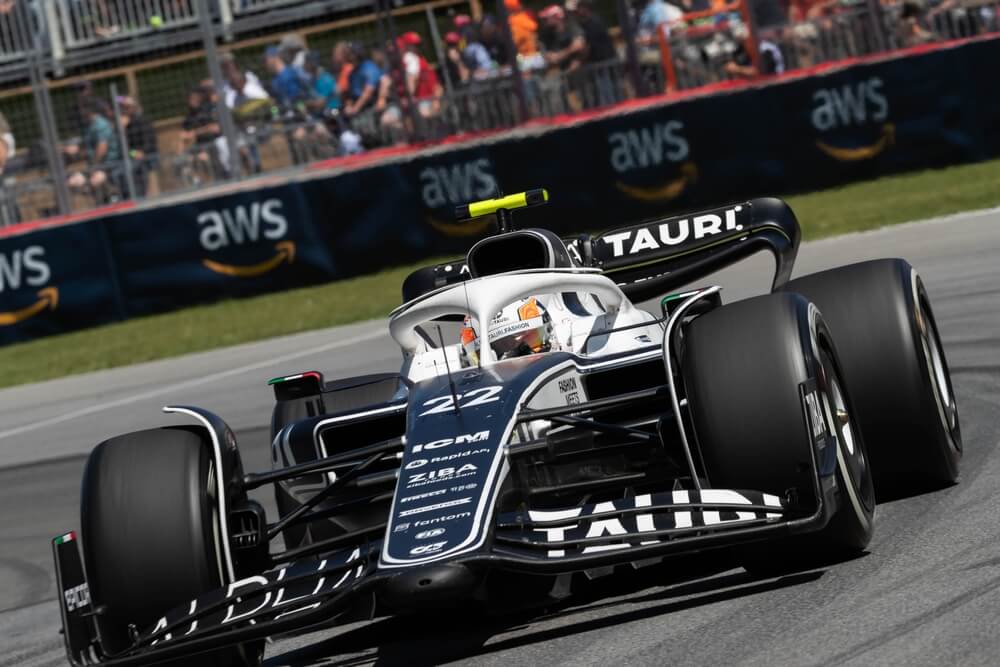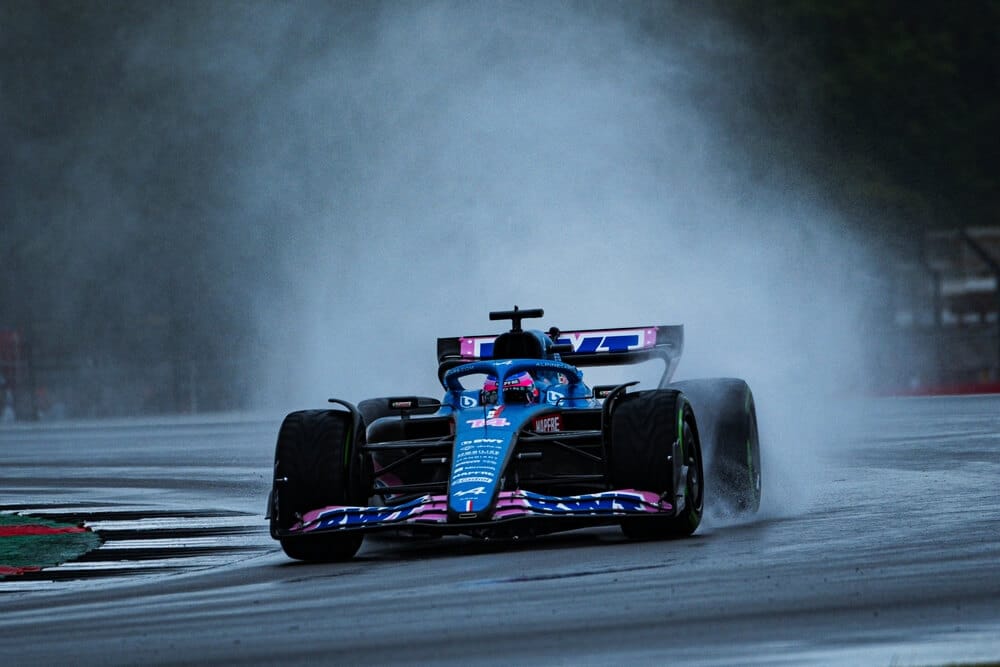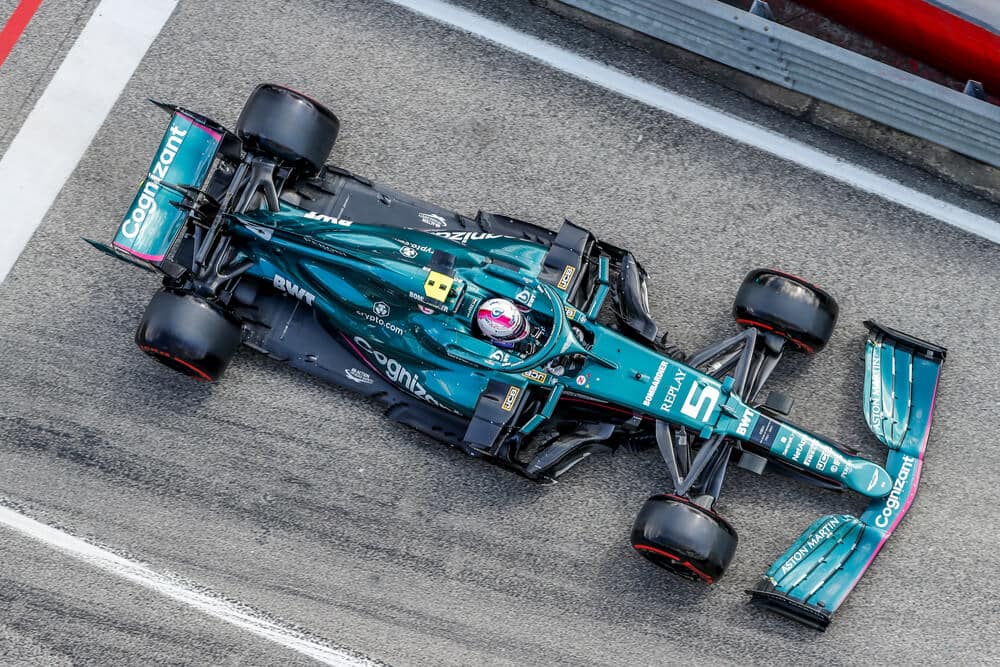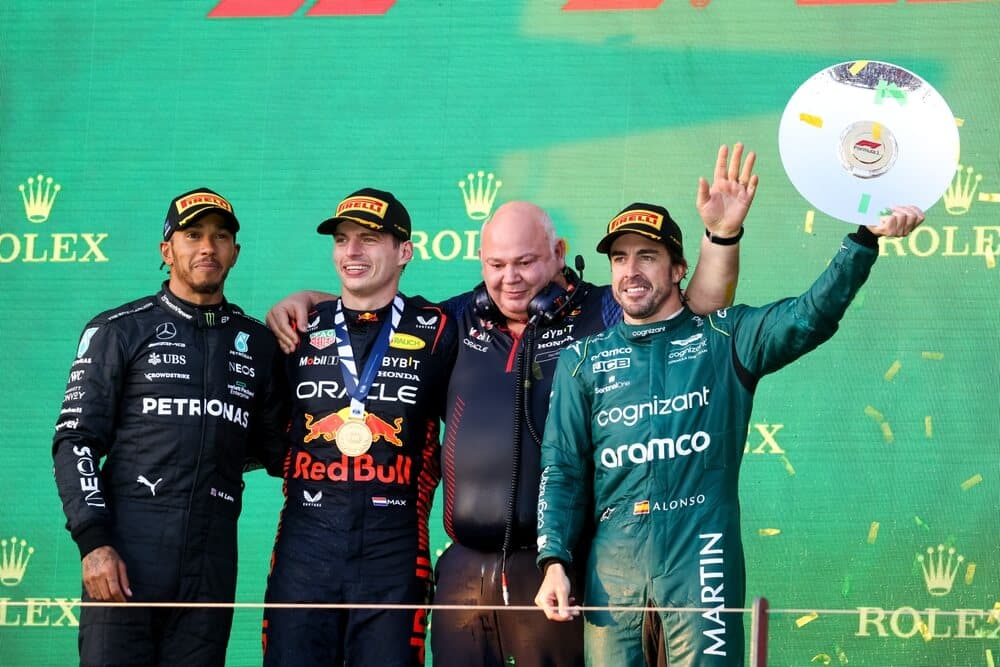If you’re a fan of Formula One (F1) racing, then you know that qualifying is a critical component of the sport. It’s where drivers compete to set the fastest lap times and secure the best possible starting position on the grid for the race.
But qualifying in F1 is much more complex than simply going fast. In this article, we’ll take an in-depth look at the various aspects of qualifying in F1, including the different formats, scoring and grid positions, strategies, records, and more.
Table of Contents
Watch this video to learn more about Formula One qualifycation.
Qualifying Formats
Over the years, the F1 qualifying format has gone through several changes, each designed to make the sport more exciting for fans. The current format, which has been in place since 2006, features a three-stage knockout system.
Q1
In the first stage, known as Q1, all drivers have 18 minutes to set their fastest lap time. The slowest five drivers are then eliminated and will start the race from positions 16 to 20.
Q2
The remaining drivers move on to Q2, which lasts for 15 minutes. Again, the five slowest drivers are eliminated, and they will start the race from positions 11 to 15.
Q3
Finally, the top ten drivers from Q2 move on to Q3, which is a 12-minute session. The driver who sets the fastest lap time in this session is awarded pole position and will start the race from the front of the grid.
It’s important to note that drivers can only use three sets of tires during qualifying, with the exception of Q3 where they are allowed an extra set of the softest compound tires.
Scoring and Grid Positions
The grid positions for the race are determined by the fastest lap times set during Q3. The driver who sets the fastest time is awarded pole position and will start the race from the front of the grid.
The rest of the drivers are arranged in descending order of their lap times, with the second-fastest driver starting from the second position, and so on.
In addition to the grid positions, drivers can also earn points for their qualifying performance. The driver who sets the fastest lap time in Q1, Q2, and Q3 is awarded one point each. The driver who starts from pole position is also awarded one point.
However, grid penalties can also affect a driver’s starting position. For example, if a driver incurs a penalty for using too many engine components, they may be relegated to the back of the grid, regardless of their qualifying performance.

Qualifying Strategies
In F1, the team plays a critical role in the qualifying process. They must determine the best strategy for their driver, taking into account factors such as tire and fuel usage, as well as track conditions.
Tire strategy is particularly important in qualifying. F1 tires come in three different compounds – soft, medium, and hard. The soft compound is the fastest but doesn’t last as long, while the hard compound is slower but more durable. The medium compound is somewhere in between.
During qualifying, the team must decide which tires to use and when to use them. They may choose to start with the harder compound to set a baseline time before switching to the softer compound for the final few laps.
Alternatively, they may decide to run the softer compound throughout the session and hope that it lasts long enough to set a fast time.
Fuel strategy is also crucial in qualifying. F1 cars are much faster when they are lighter, so teams must find the right balance between fuel usage and weight.
Read our article: F1 Qualifications Rules 2023 to learn even more about the qualification in formula One.
Frequently Asked Questions
1. What is F1 Qualification?
2. What are the different types of F1 Qualifying sessions?
3. How long is an F1 Qualifying session?
4. How are F1 Qualifying times determined?
5. What is the "fastest lap" in F1 Qualifying?
Conclusion
Qualifying is a critical component of Formula One racing, and it requires a combination of skill, strategy, and teamwork to achieve the best possible result. From the different qualifying formats to the strategies employed by teams, there are many factors that determine a driver’s success in qualifying. And, of course, there are the records that showcase the achievements of the greatest drivers in F1 history.
Whether you’re a die-hard F1 fan or simply interested in learning more about the sport, understanding qualifying is essential. Hopefully, this guide has given you a comprehensive understanding of what qualifying entails in F1 and the various factors that make it so exciting to watch.
Article sources
Learn more about Formula One
Want to learn more about F1? Then visit our Formula 1 glossary and dictionary.



